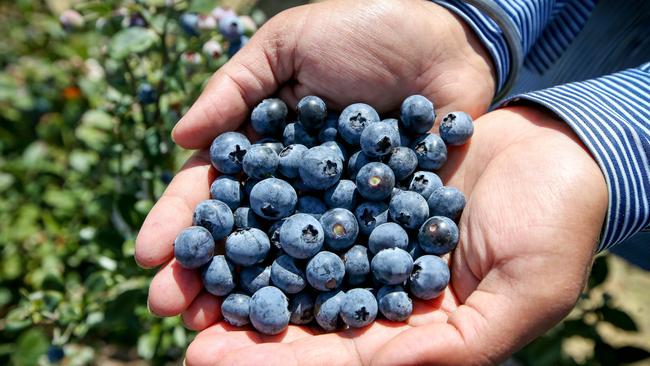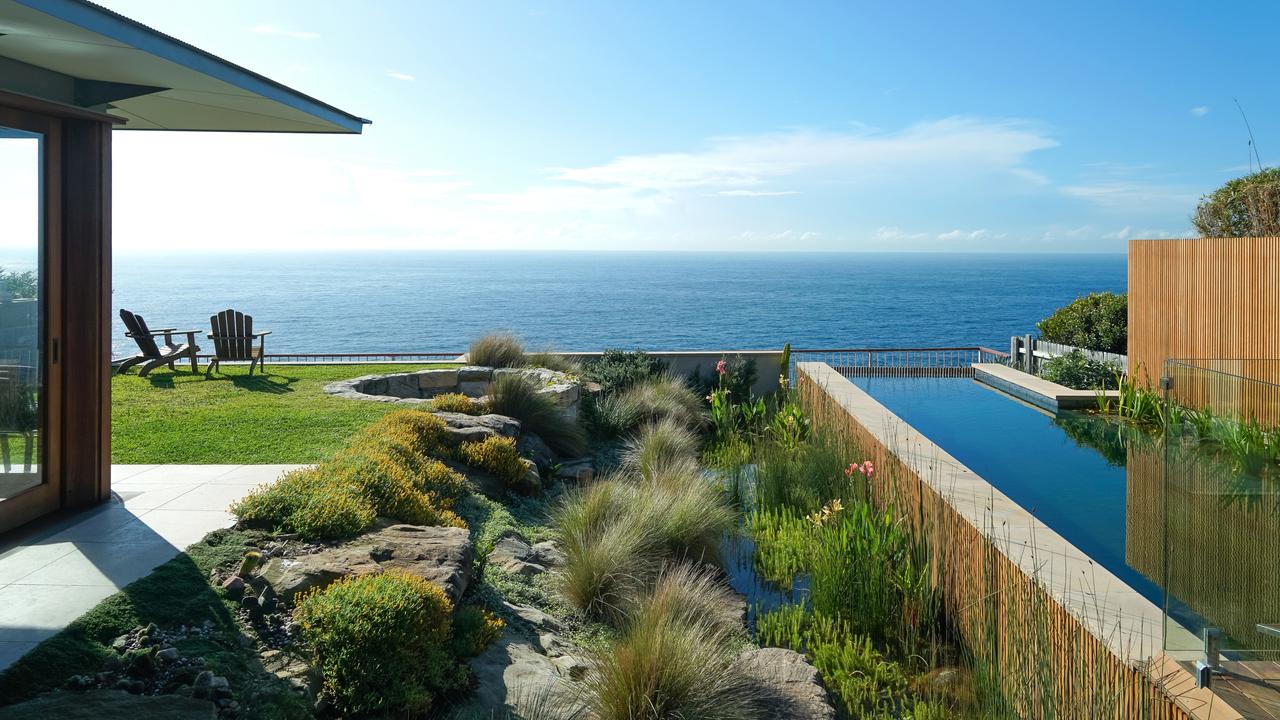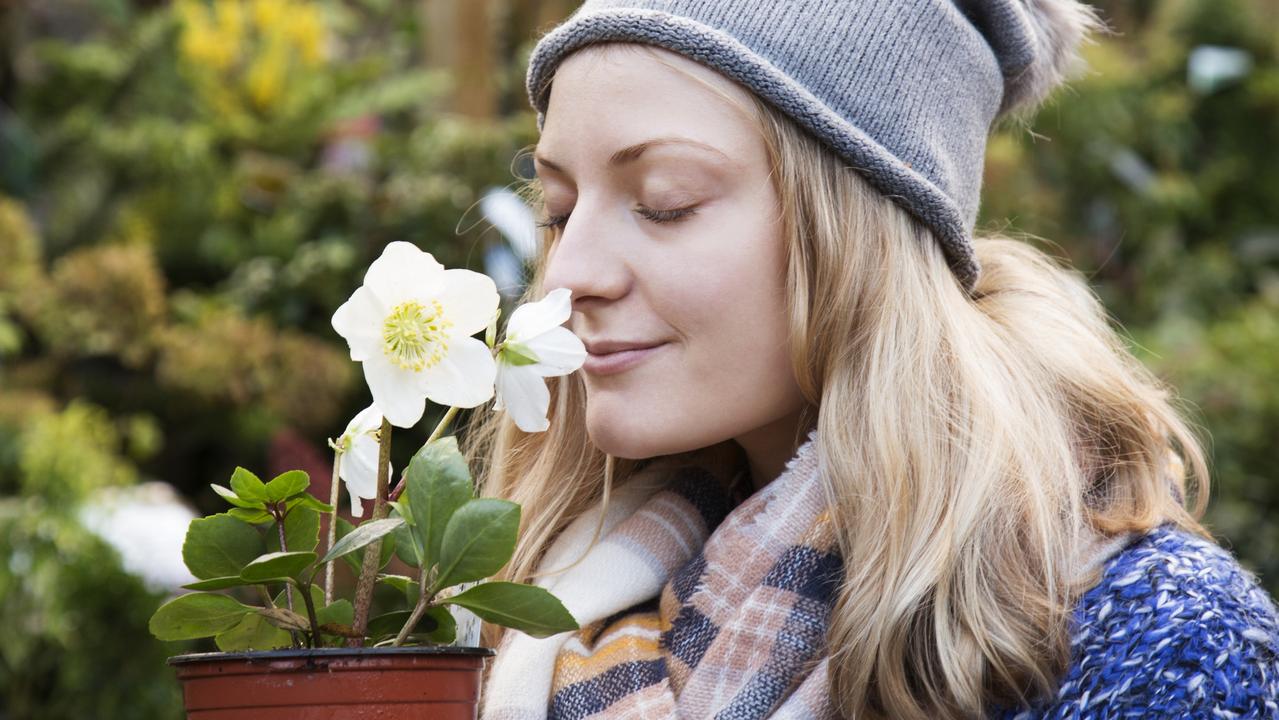Blueberries and raspberries: DIY tips for home gardeners
If you’re sick of paying through the nose for raspberries and blueberries, it could be time to grow your own.

Gardeners Q&A with columnist Helen Young. This week: Blueberries, mulberries, asparagus and gingko trees.
Blueberries and raspberries are so expensive to buy. Is it possible to grow them successfully in Brisbane? - Bernadette Hendry, Brisbane.
I’d recommend growing blueberries. Low-chill varieties, bred for subtropical climates, include ‘Gulfcoast’, ‘Powderblue’, ‘Biloxi’, ‘Misty’, ‘Sharpblue’ and ‘Sunshine Blue’. Planting different varieties for cross-pollination improves fruit set and berry size, and helps extend your harvest time. If you have room only for one, try self-fertile ‘Nellie Kelly’, which I’ve found abundant in Sydney, or ‘Blueberry Burst’ with extra large berries. Blueberries must have well-drained, acidic soil (pH 4.5 to 5.5). Add powdered or liquid sulphur, pine needles or composted oak leaves to increase acidity. They grow well in large pots, using a premium potting mix for azaleas. Most blueberries grow to about 1m tall and have pretty white to pink bell flowers. You’ll need to protect ripening fruit from birds, using netting. Raspberries are less successful in warmer climates; ‘Heritage’ is a low-chill variety. Raspberries need more space and many are thorny.
Every year my mulberry tree is laden with young fruit but most drop to the ground before they ripen. Citrus trees alongside do exceptionally well. This year I haven’t pruned to see if that helps. What can I do? It’s depressing. - Vicki McKenzie, by email
Some seed-grown trees revert back to being male only. They produce copious amounts of flowers that look like small green fruit but, being male, cannot develop into fruit. Mulberries bear on new and older growth, so pruning shouldn’t be a factor. If your citrus trees are successful then growing conditions are not the problem.
My 10m-long row of asparagus is just starting to shoot. Is now the time to add some pelletised chook poo and blood and bone, then mulch with pea straw? - Tim Kaethner, Crafers, SA
Having made us all envious of your asparagus riches, you should indeed rush out and fertilise them. Generous amounts of manure and water, applied from early spring through the growing season, will fuel strong production.
Which is the best gingko tree to plant in a fairly small space? What height and width are they? - Pam Rogers, Melbourne.
Gingko biloba or maidenhair tree is slow growing and can live longer than 1000 years. The butterflied, fan-shaped leaves turn butter gold in autumn. It likes moist, deep, fertile soils in cooler climates and is very pollution tolerant. The species grows to 25m or more, with a pyramidal shape. Several cultivars are all male trees, which avoid having the smelly, soft fruits that female trees bear. ‘Autumn Gold’ is a similar size; ‘Saratoga’ is smaller with long, weeping leaves; ‘Princeton Sentry’ and ‘Fastigiata’ form a narrow, dense column, ideal where space is tight.
Send your questions to helenyoungtwig@gmail.com, or Helen Young, PO Box 3098, Willoughby North, NSW 2068.




To join the conversation, please log in. Don't have an account? Register
Join the conversation, you are commenting as Logout